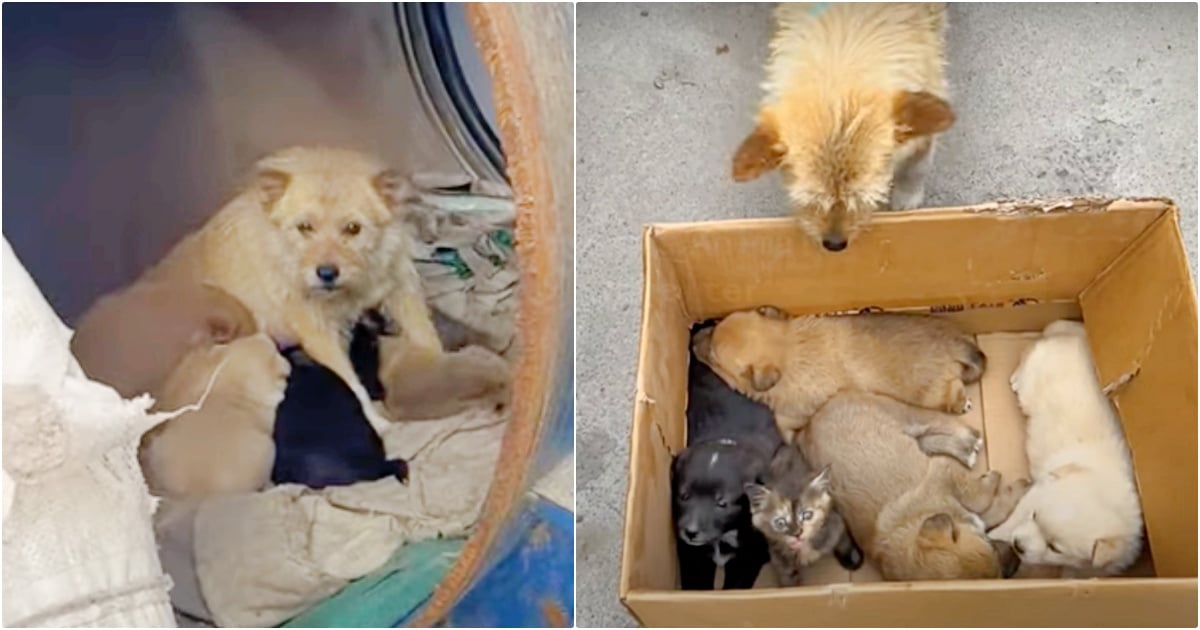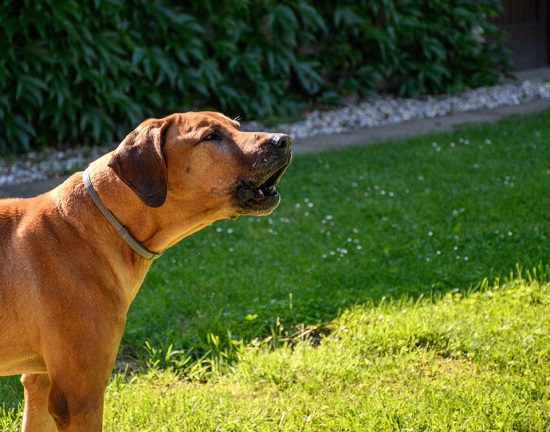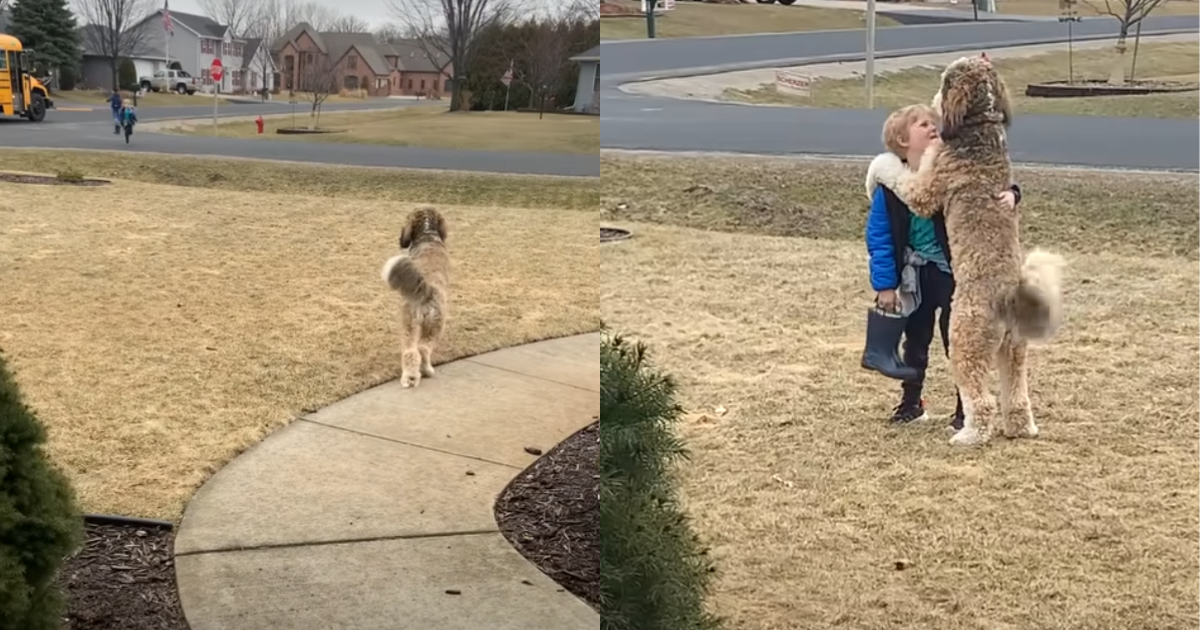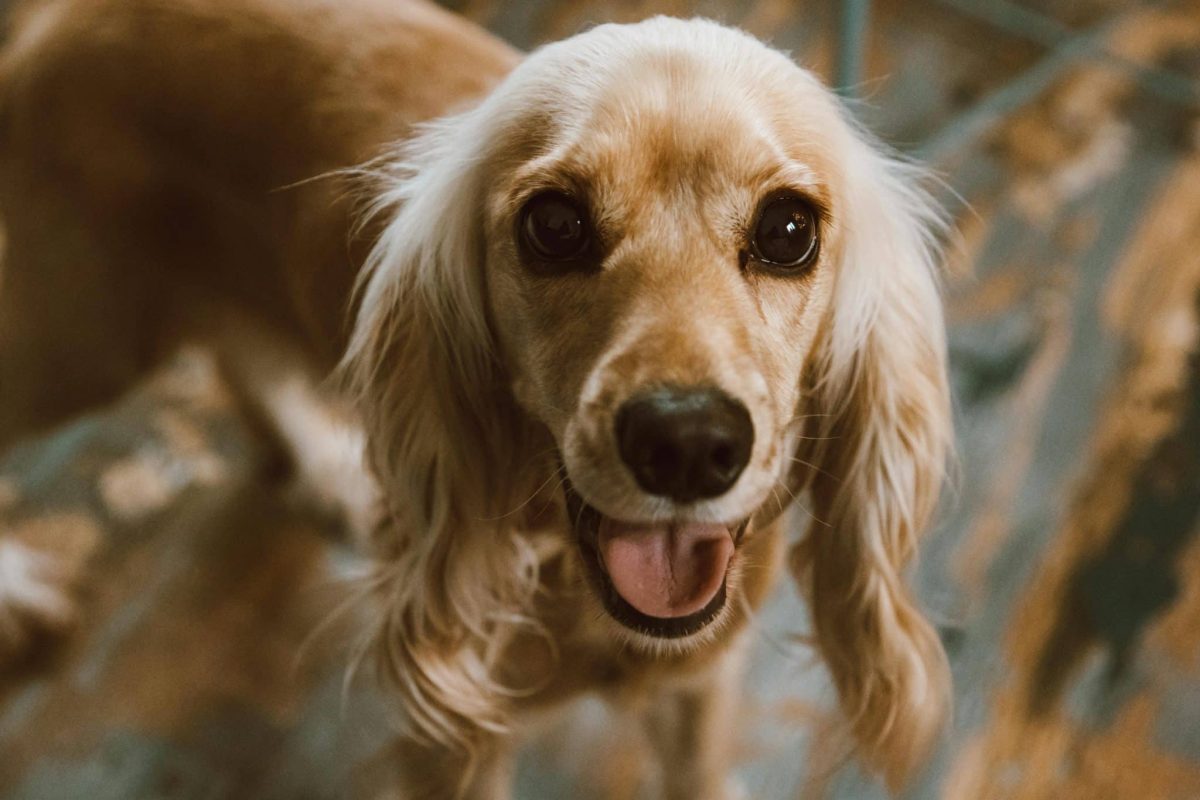 Shutterstock
Shutterstock
Dogs bring endless joy and personality into our lives, often with quirks that entertain and sometimes baffle us. One such moment happens when a dog encounters a mirror. Some bark, some tilt their heads in puzzlement, and others simply ignore it. Unlike humans, dogs generally don’t recognize that the furry face in the mirror is their own. This curious behavior, while amusing, is rooted in a dog’s unique biology, sensory world, and way of understanding their surroundings—offering insight into how differently they perceive reality.
Dogs Rely More on Scent Than Sight
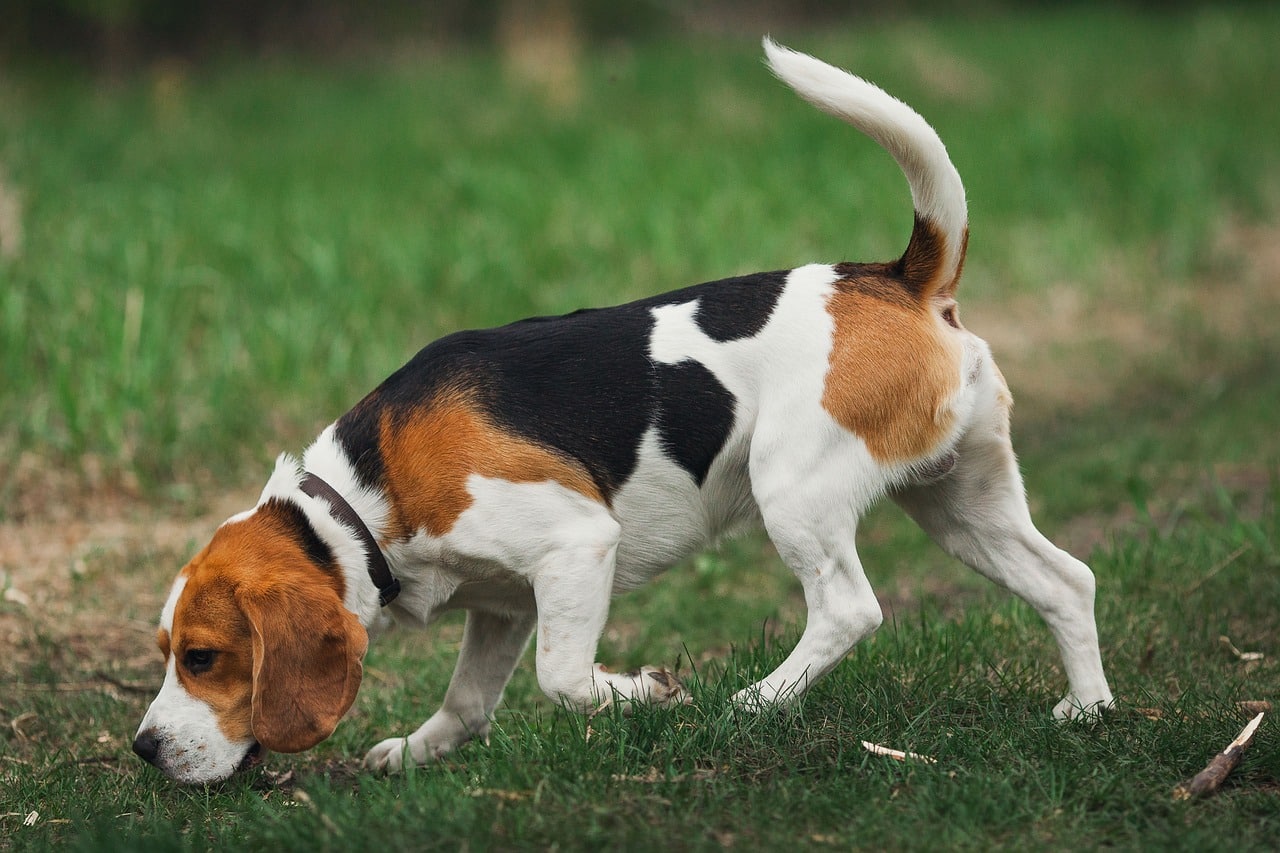 Shutterstock
Shutterstock
Dogs experience the world primarily through their sense of smell, which is far more powerful than their eyesight. For dogs, scent is a major part of their identity and how they perceive others. So, when they see their reflection in a mirror, they’re likely perplexed because the image lacks any scent. Without the familiar smells that make up their surroundings and companions, dogs may view the reflection as an unfamiliar animal rather than an image of themselves.
Mirrors Don’t Give Off Scent
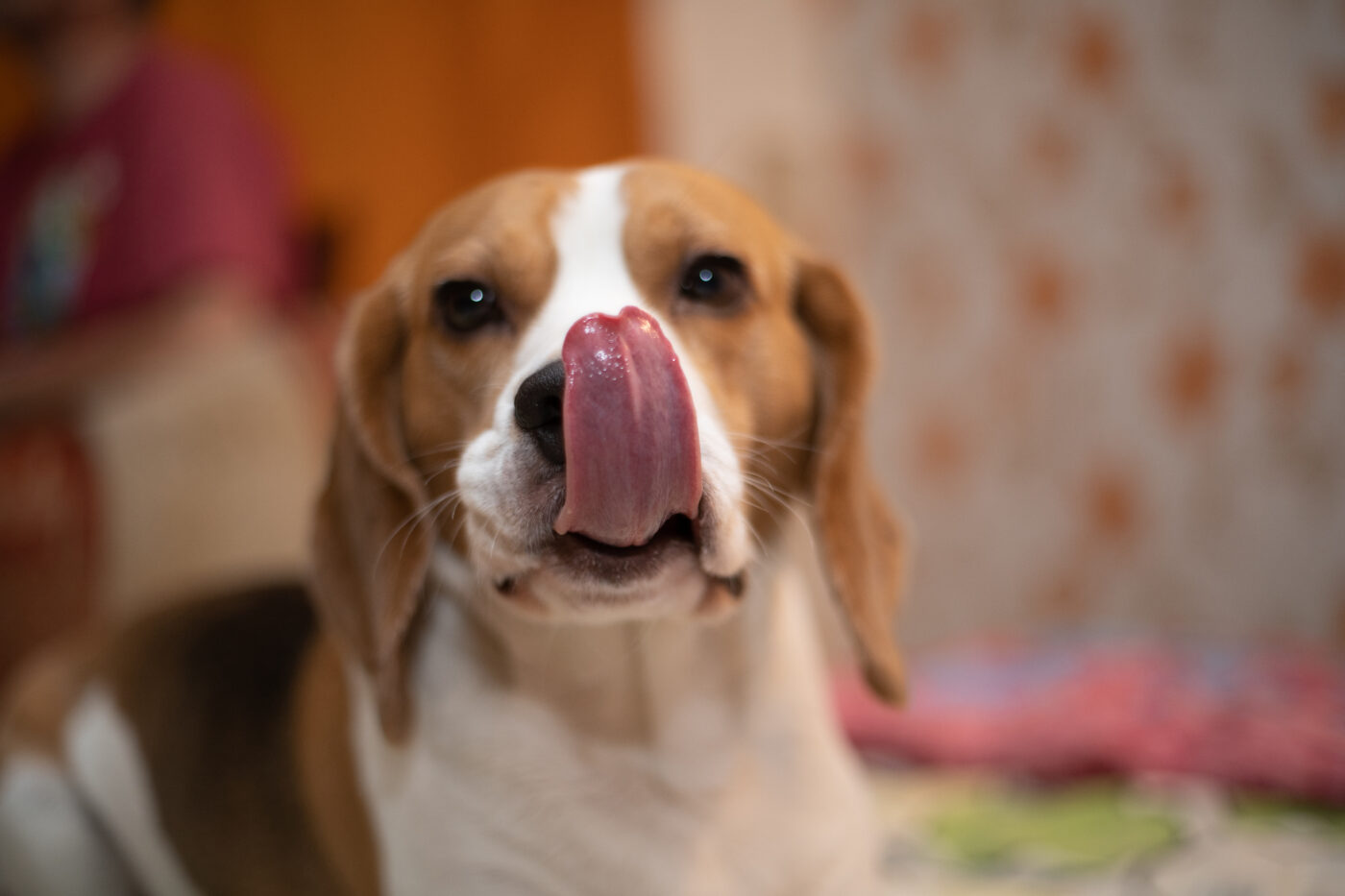 Shutterstock
Shutterstock
If mirrors gave off scent, dogs might have an entirely different reaction! When they see their reflection in a mirror, it’s devoid of scent—an important aspect for dogs. Since dogs use scent as their primary identification method, an odorless “dog” in the mirror doesn’t make sense to them. This lack of smell throws them off, and they may not even associate the reflection with themselves, as their identity is deeply rooted in their unique scent.
Dogs Lack Visual Self-Awareness
 Shutterstock
Shutterstock
Self-recognition, or visual self-awareness, is the ability to recognize oneself in a mirror or photograph. Some animals, like dolphins and elephants, possess this trait, but dogs do not. When a dog sees its reflection, it doesn’t have the cognitive ability to link the image with itself. For dogs, the reflection in the mirror is more like another being entirely, which explains why some may even bark or react defensively.
Dogs Don’t Understand the Concept of Mirrors
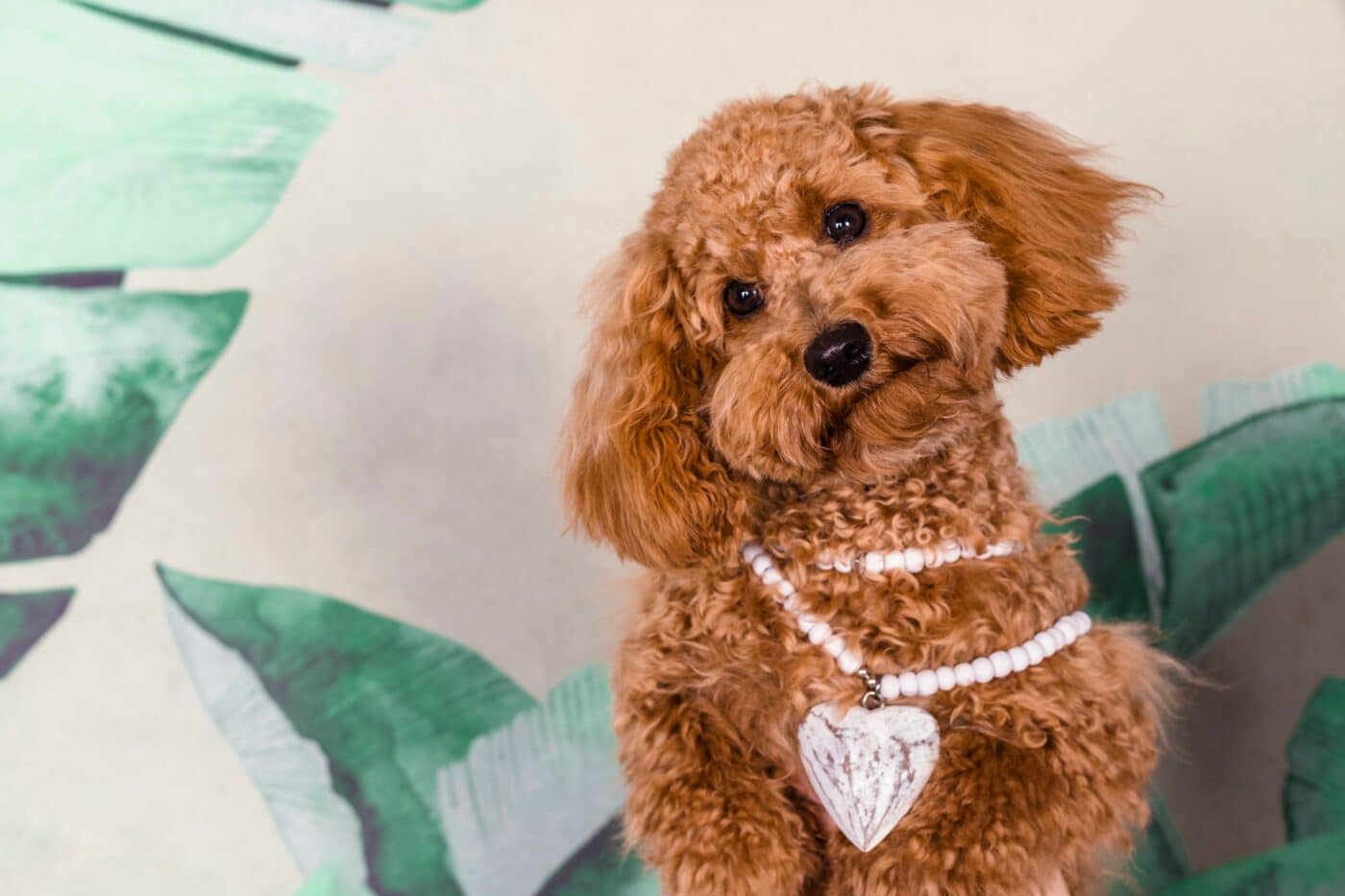 Shutterstock
Shutterstock
Mirrors are a human invention, and dogs don’t naturally encounter reflective surfaces in the wild. Without understanding the concept of a reflection, dogs simply see the mirror as a surface showing another animal. Unlike humans, who are taught about mirrors from an early age, dogs don’t get the same education, so they have no way of knowing the purpose of a mirror or the idea that it could show an image of themselves.
Reflections Don’t Trigger the Same Reactions
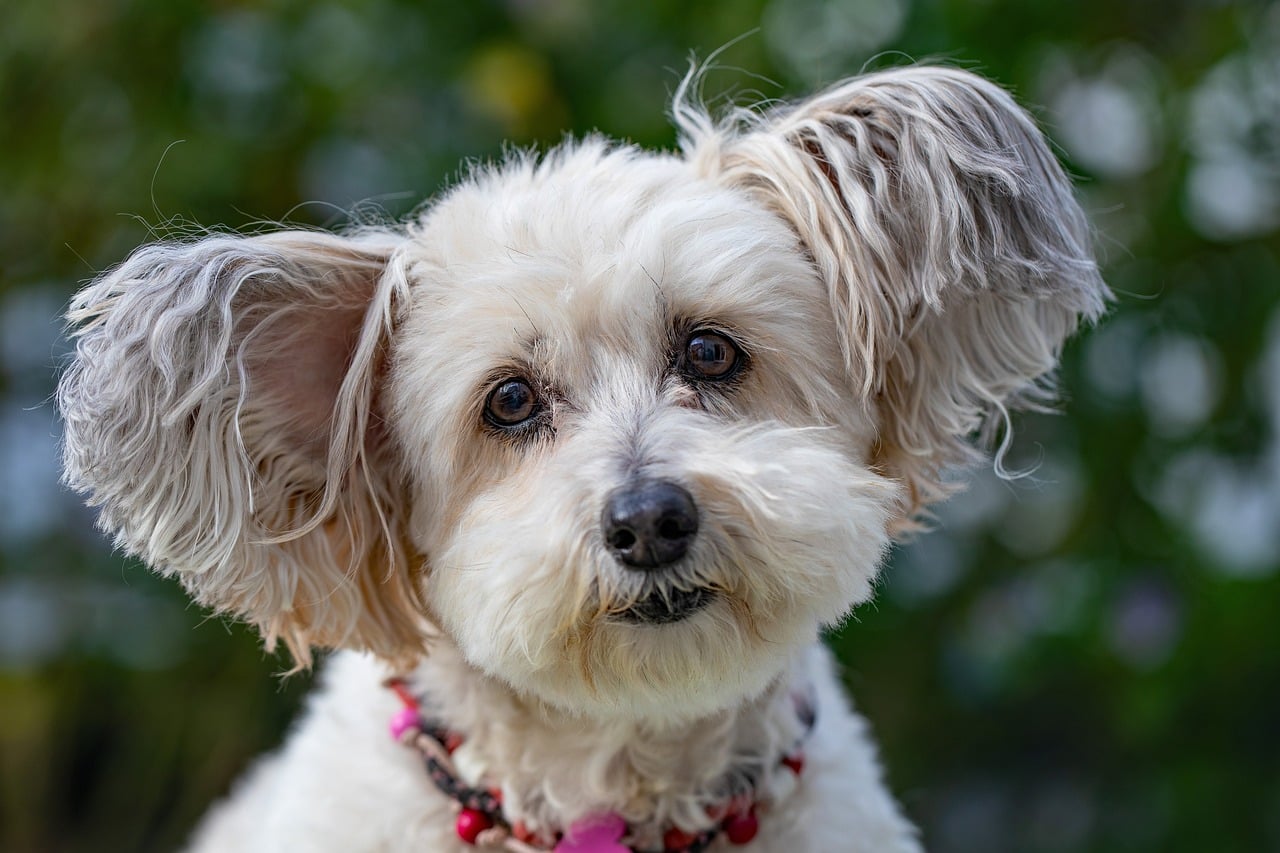 Shutterstock
Shutterstock
When dogs meet another dog, they often respond with sniffing, tail-wagging, or vocalizing. However, reflections don’t respond in the same way. When a dog tries to engage with its reflection, it gets no reciprocal action—no scents, sounds, or playful gestures. This lack of feedback can make a reflection less “real” for a dog, and they may lose interest quickly or dismiss the image as unimportant.
The Mirror Image Doesn’t Match Real-Life Movement
 Shutterstock
Shutterstock
Although the reflection moves as the dog moves, it doesn’t offer the same depth or realistic interaction that a living creature does. The mirror image mimics movement without reacting independently, which might confuse dogs. This artificial movement can throw off their perception, as they’re used to interacting with beings that move freely. The mirror’s mimicry seems unnatural to dogs, contributing to their disinterest or puzzlement.
They’re Not Primed for Visual Cues Alone
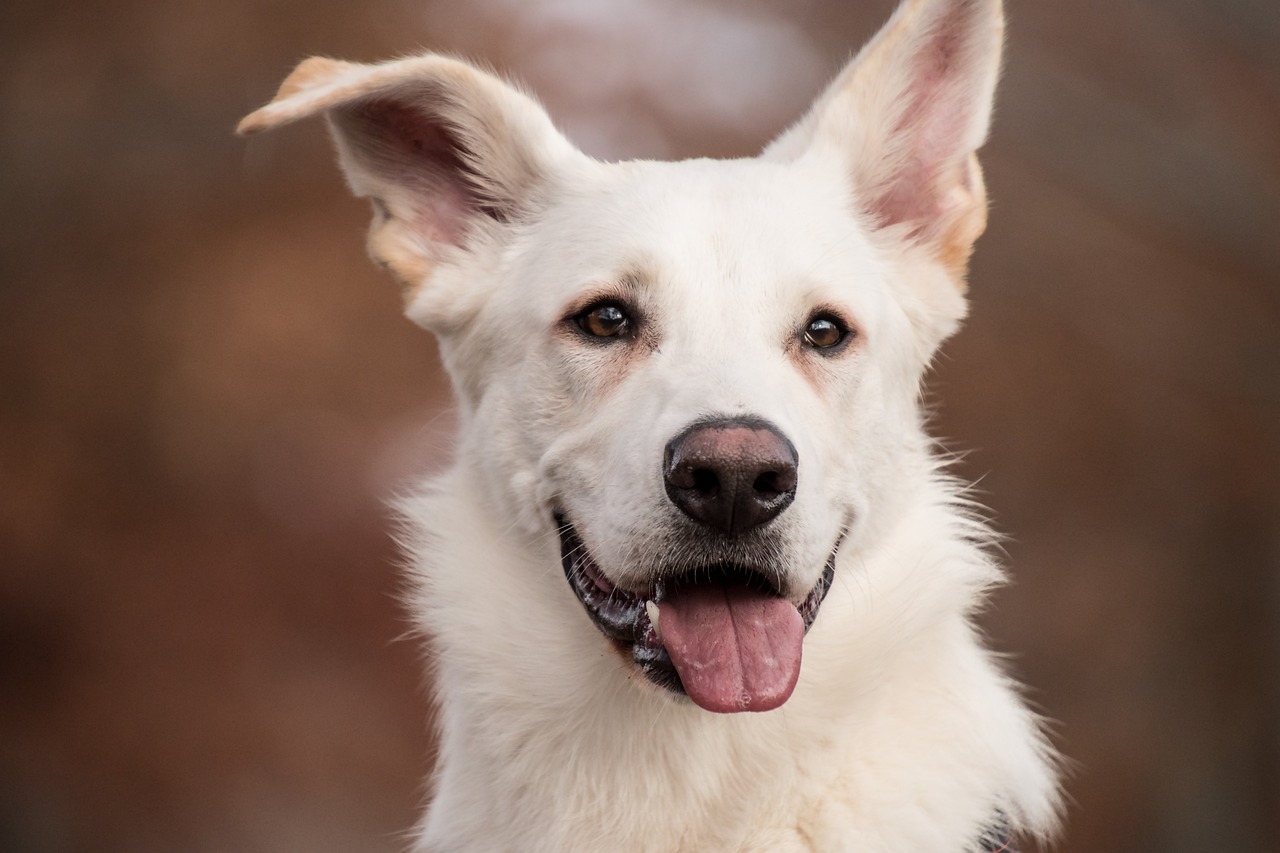 Shutterstock
Shutterstock
Dogs don’t rely on vision as heavily as humans, who use visual cues for nearly everything. For dogs, visual cues are secondary to scents and sounds. When a dog looks at a reflection without the added sensory input it relies on, such as smell, the experience becomes incomplete and confusing. This sensory gap means that a mirror alone doesn’t offer the information a dog needs to recognize it as itself or another creature.
 Shutterstock
Shutterstock
Dogs are social animals, often curious and responsive to others around them. However, when they approach their reflection, there’s no social feedback—no sniffing, body language, or barking. This lack of social response can lead dogs to lose interest in the mirror, as it doesn’t provide the engaging, interactive experience they expect from an encounter. Dogs may dismiss the reflection as irrelevant without the feedback they rely on.
Dogs Process Their Environment Differently Than Humans
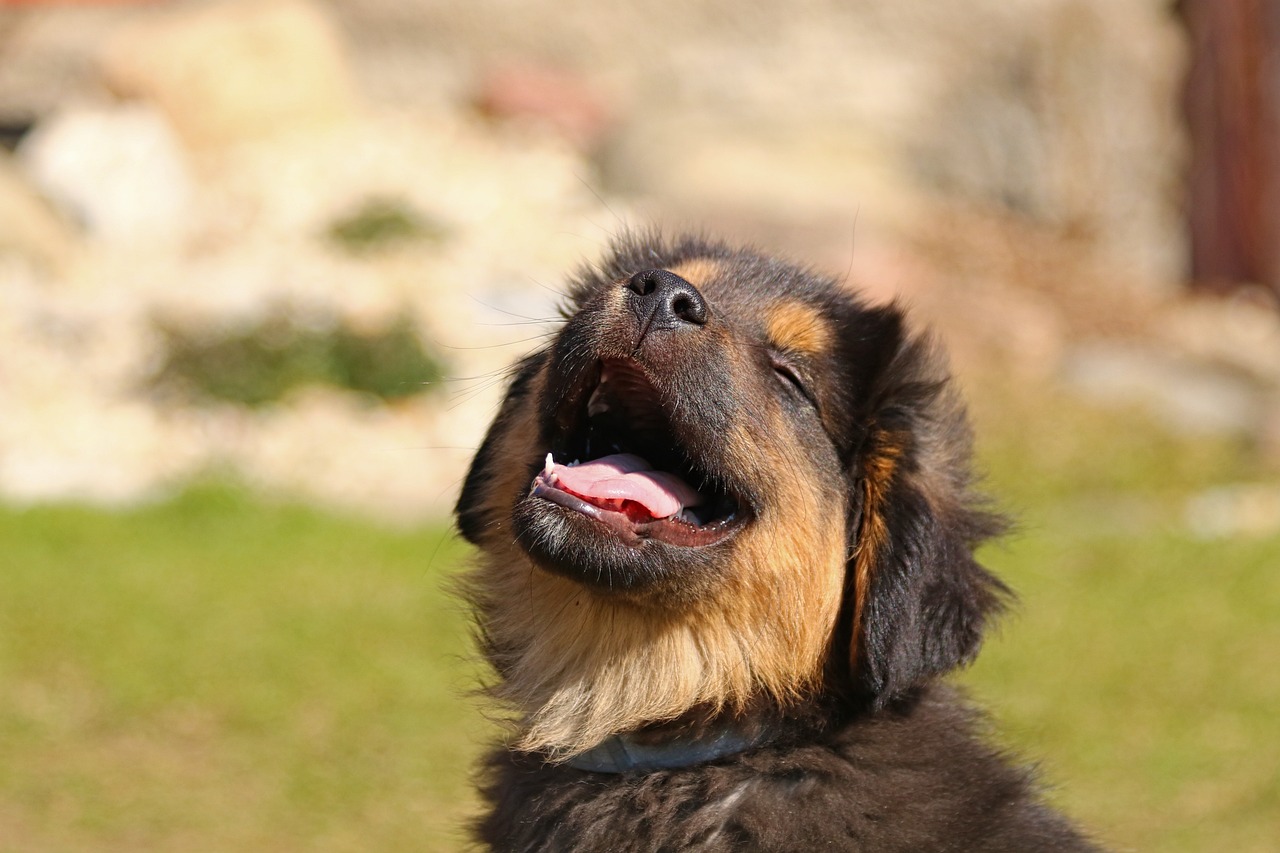 Shutterstock
Shutterstock
A dog’s brain is wired to process sensory information differently than a human’s. While humans can connect an image to their sense of self, dogs don’t conceptualize their identity in this way. They’re more focused on their immediate environment and interactions with it. The abstract concept of “self” in a mirror is beyond their cognitive scope, so they simply don’t perceive a reflection as part of themselves.
Limited Visual Detail Perception
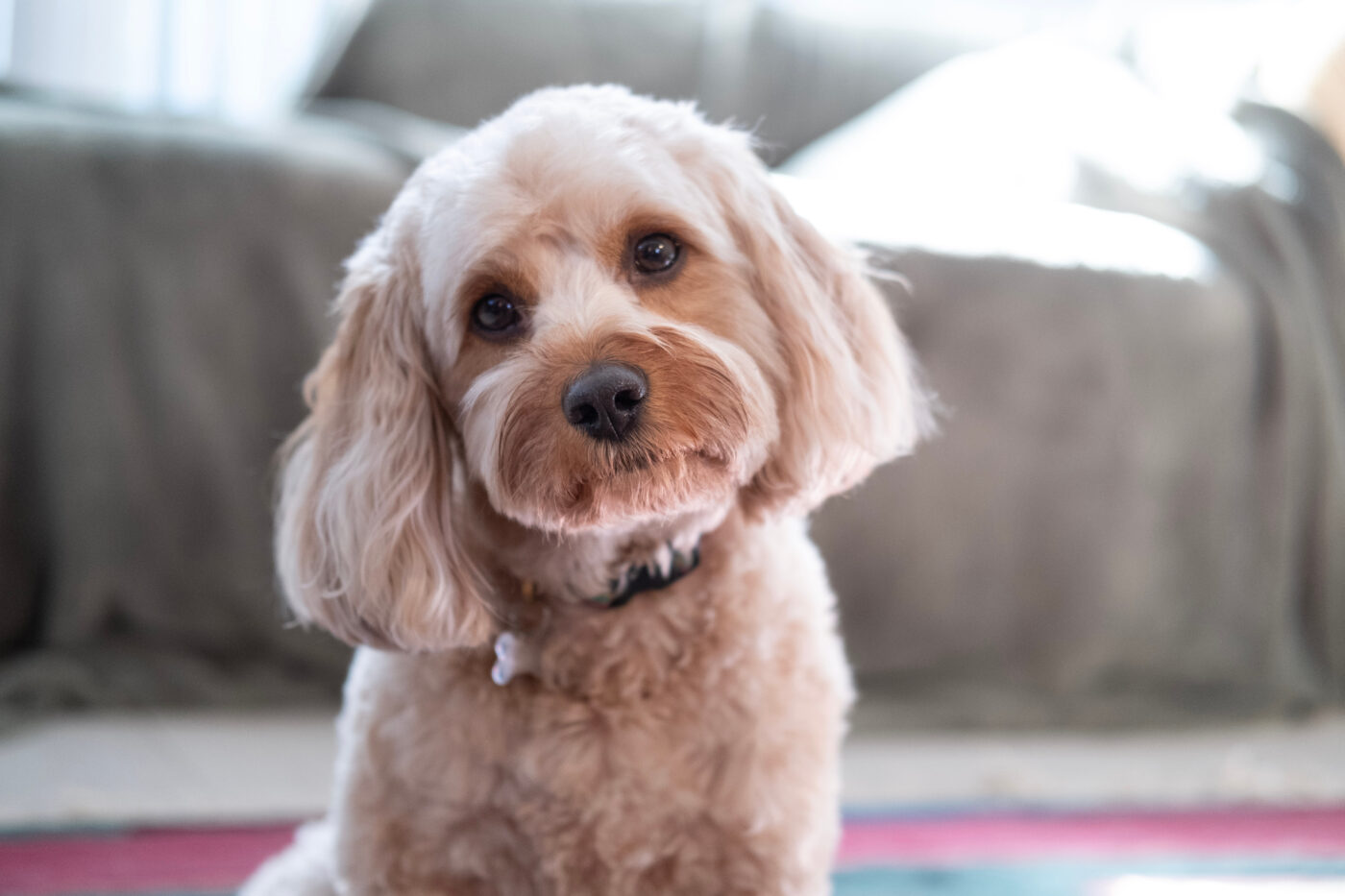 Shutterstock
Shutterstock
Dogs see fewer colors and less detail than humans, which can affect how they perceive their reflection. Since their visual acuity isn’t as sharp, the reflection may not appear as clearly defined to them. The vague, color-muted image they see in the mirror might not be distinct enough to hold their interest or trigger self-recognition. To them, it may just look like a hazy outline, making it easy to ignore or overlook.
They Prioritize Familiar Over Novel
 Shutterstock
Shutterstock
Dogs are creatures of habit and routine and often prefer familiar objects, people, and other animals. A reflection in the mirror lacks the familiar traits they recognize in themselves or others, making it less interesting. Instead of investigating further, many dogs ignore the reflection in favor of the real world. For dogs, it’s all about priorities—why chase a reflection when there’s something far more interesting beside them?
Sometimes, It’s Just Not That Interesting
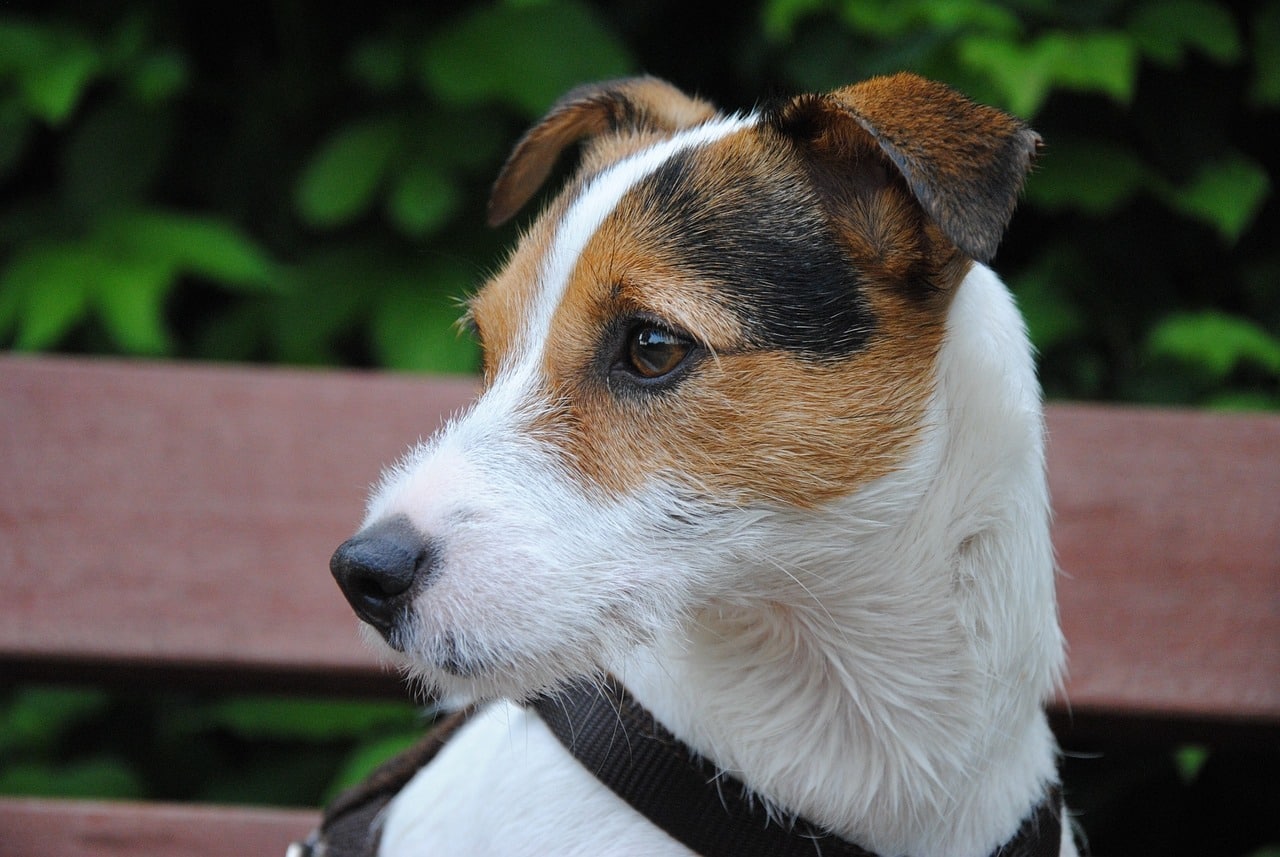 Shutterstock
Shutterstock
At the end of the day, not all dogs are fascinated by reflections, and some may simply find it boring. If the reflection doesn’t act, smell, or respond meaningfully, many dogs will move on without a second thought. Dogs are intelligent animals who enjoy engaging experiences; if a mirror doesn’t provide that, they’ll happily ignore it. For many dogs, there are just better things to do than ponder over an unresponsive “other dog” in the mirror.
The Truth Behind Those Confused Puppy Eyes
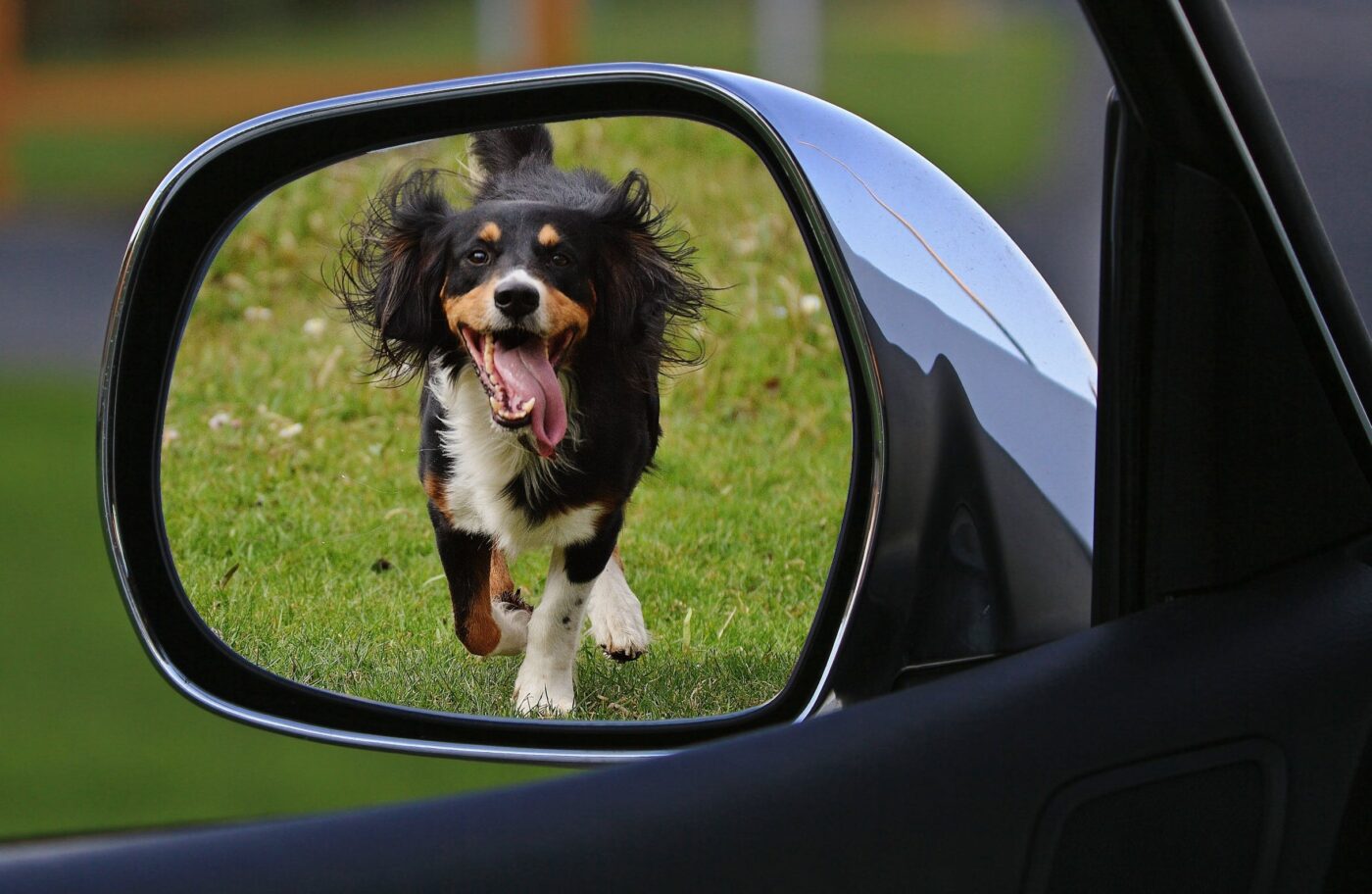 Shutterstock
Shutterstock
Dogs may be our best friends, but that doesn’t mean they share our love for self-reflection—literally! While we might take pleasure in a quick look in the mirror, our dogs are happy to pass on the “vanity” and focus on the world around them. So, the next time your dog gives the mirror a blank stare, remember that they’re just living in the moment, blissfully unaware of that “other dog” in the glass. After all, they have more pressing matters—like treats and belly rubs!




